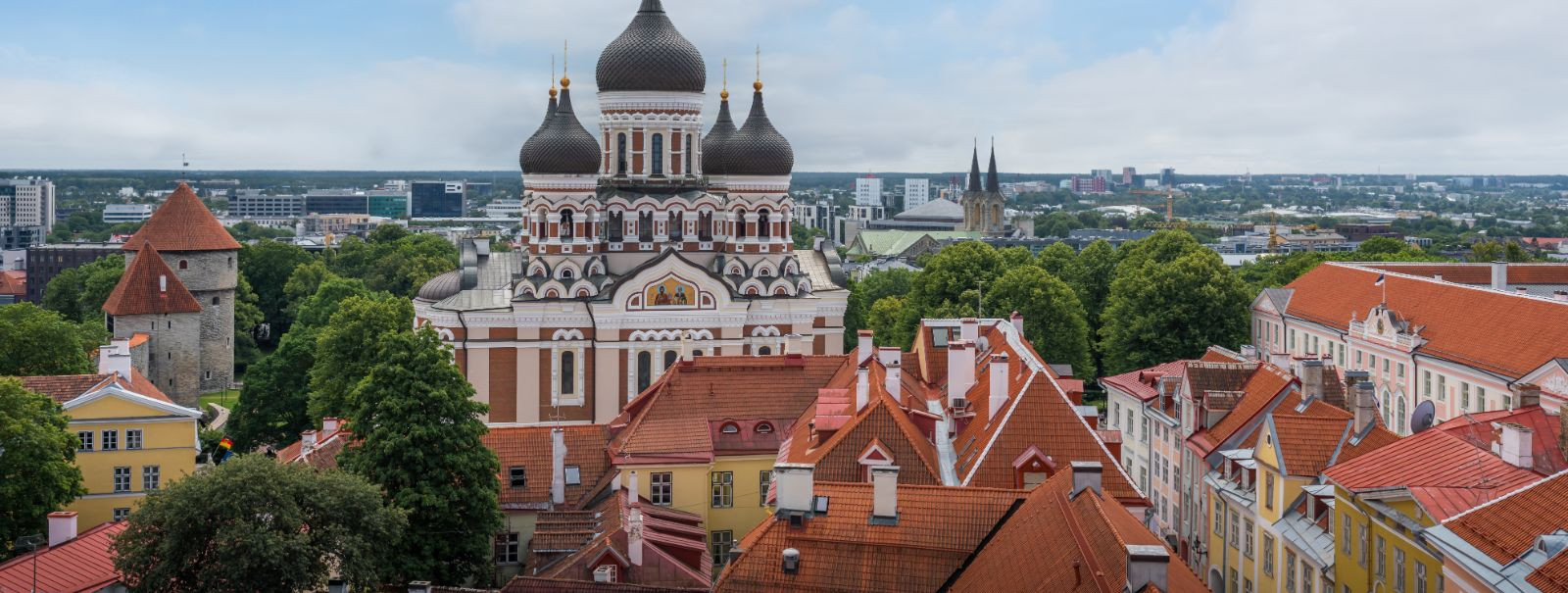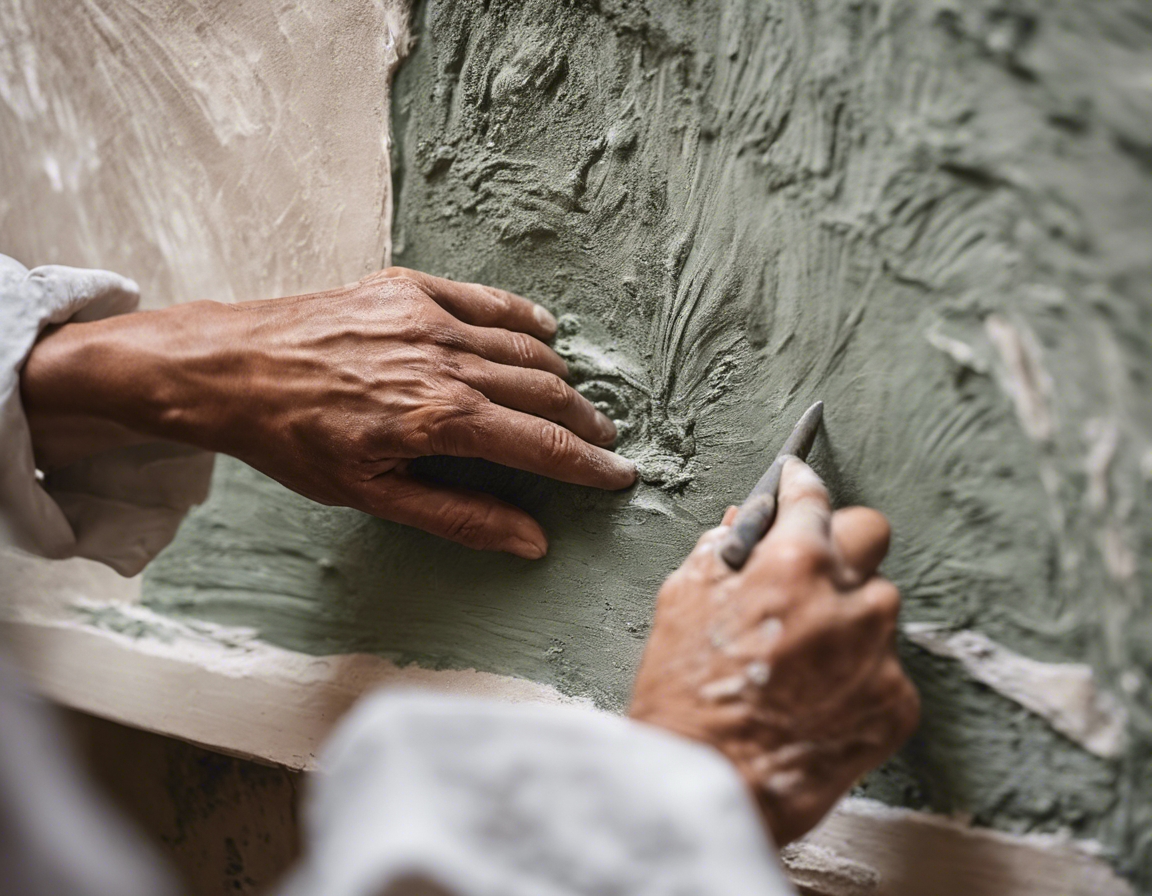5 trends shaping the future of construction in tallinn
The construction landscape in Tallinn is evolving rapidly, influenced by various trends that promise to shape its future. As a city known for its rich history and forward-thinking approach, Tallinn is embracing these changes to ensure that its infrastructure meets the needs of its residents and businesses. In this post, we'll explore five key trends that are currently shaping the future of construction in Tallinn.
1. Sustainable Building Practices
With a growing emphasis on environmental responsibility, the use of eco-friendly materials in construction is becoming a priority. Materials such as recycled steel, bamboo, and low-VOC paints are gaining popularity among builders and architects in Tallinn.
Energy-efficient buildings are not just a trend; they are becoming a standard. Innovations in insulation, smart windows, and energy management systems are being integrated into new constructions to reduce the carbon footprint.
Green certifications like LEED and BREEAM are becoming more prevalent in Tallinn, with developers aiming to achieve these standards to demonstrate their commitment to sustainability.
2. Technological Advancements
Building Information Modeling (BIM) is revolutionizing the way construction projects are planned and executed. This technology allows for better collaboration among stakeholders and can lead to more efficient building processes.
Smart home technology is increasingly being integrated into residential construction, offering homeowners in Tallinn convenience, security, and energy savings.
The use of automation and robotics in construction is on the rise, leading to increased precision and safety on job sites, as well as addressing the labor shortage in the industry.
3. Modular and Prefabricated Construction
Modular and prefabricated construction methods are gaining traction in Tallinn due to their ability to reduce construction time and costs significantly.
These methods also offer improved quality control and the ability to customize designs to meet specific needs, making them an attractive option for both residential and commercial clients.
Modular construction is often more environmentally friendly, as it generates less waste and can be more easily adapted to include sustainable features.
4. Urban Space Optimization
Mixed-use developments that combine residential, commercial, and recreational spaces are becoming more common in Tallinn, reflecting a shift towards more efficient use of urban space.
As land becomes scarcer, vertical expansion is becoming a necessity. Tallinn is seeing an increase in high-rise construction, which allows for more people to live and work in a smaller footprint.
There is a growing trend to revitalize and repurpose old buildings in Tallinn, preserving the city's heritage while accommodating modern needs.
5. Focus on Health and Well-being
Incorporating natural elements into building design, known as biophilic design, is gaining popularity for its ability to enhance occupant well-being.
Improving indoor air quality through better ventilation systems and the use of non-toxic building materials is becoming a priority for construction projects in Tallinn.
Creating spaces that foster community interaction and support mental health is an important aspect of new developments in the city.






Comments (0)